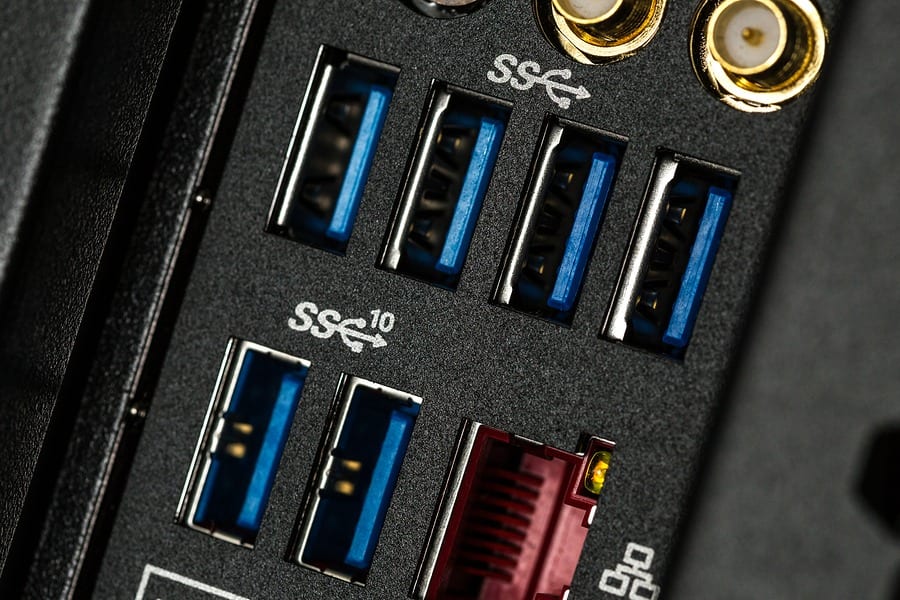

Be sure to know what the ports on your Mac are if you have one. For example, the discontinued 12-inch MacBook had a USB-C port that wasn't Thunderbolt-equipped. With 5V and 500mA available on version USB 1.0 and 2.0, and 900mA on USB 3.0, the USB can charge a small single-cell Li-ion pack. Support for both 12/1.5 Mbps data transfer and 480 Mbps. The USB Type-C cable is designed to support. 480 Mbps bus operation for a dramatic improvement in bandwidth. However, like the USB 3 standard, not all USB-C cables and ports support Thunderbolt 3 or 4. higher power current capability mechanism is also implemented. Thunderbolt 3 is capable of transfer speeds up to 5GB/second. Starting with the Thunderbolt 3 standard, it now uses the USB-C connector.

The USB-IF intended to use a set of different names to call the USB 3.1 Gen 1 and USB 3.1 Gen 2 that would’ve made it better strictly for marketing purposes. USB 3.1 Gen 1 supports speeds of up to 5Gbit/s while USB 3.1 Gen 2 supports speeds of up to 10Gbit/s. This is an interface developed by Intel and Apple that allows for much faster connections when transferring data. The difference between USB 3.1 Gen 1 and USB 3.1 Gen 2 is only in terms of speed. While we're discussing USB standards, it's important to also mention Thunderbolt. And keep in mind that these transfer rates are all theoretical maximums the real-world speeds probably won't reach those heights. You'll just be limited to the slowest speed supported by either device or the cable. (The 2x2 means it's the second generation and has two 10Gbps lanes to achieve its maximum. So, connecting to USB 3.2 Gen 1 or Gen 2 will not reach the 20 Gbps but only the maximum speed of that previous USB generation. These standards are all backward-compatible, so if you plug a USB 3.2 Gen 2x2 cable into a USB 3.0 slot, it will work fine. The newest, fastest version of USB 3.2 offers a max speed of 20Gbps and is called USB 3.2 Gen 2x2. Marketers like to use general terms like "USB 3.2" without specifying the generation, so make sure you know what you're actually getting. But this standard is still in its early stages, and is thus not widely available at the time of writing.īecause of these overlapping terms that are easy to confuse, it's important to check the specific details on a cable (or device) before you buy it. Beware that according to USB 2.0 Spec Vbus should stay between 4.4V and 5.5V, make sure you measure it in worst case condition. The first cause is between the definition of GB, MB, KB between the computer memory system and the memory manufacturing. Looking forward, USB 4 was released in 2019 and only works with USB-C connectors. Flash drive capacity ranges from 64MB to 128GB ( includes 64MB, 128MB, 256MB, 512MB, 1GB, 2GB, 4GB, 8GB, 16GB, 32GB, 64GB, 128GB) The actual capacity of USB memory stick is less than the named capacity.


 0 kommentar(er)
0 kommentar(er)
